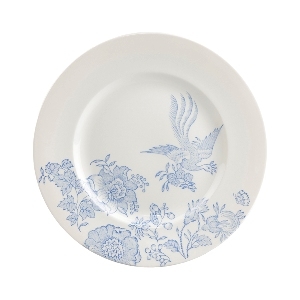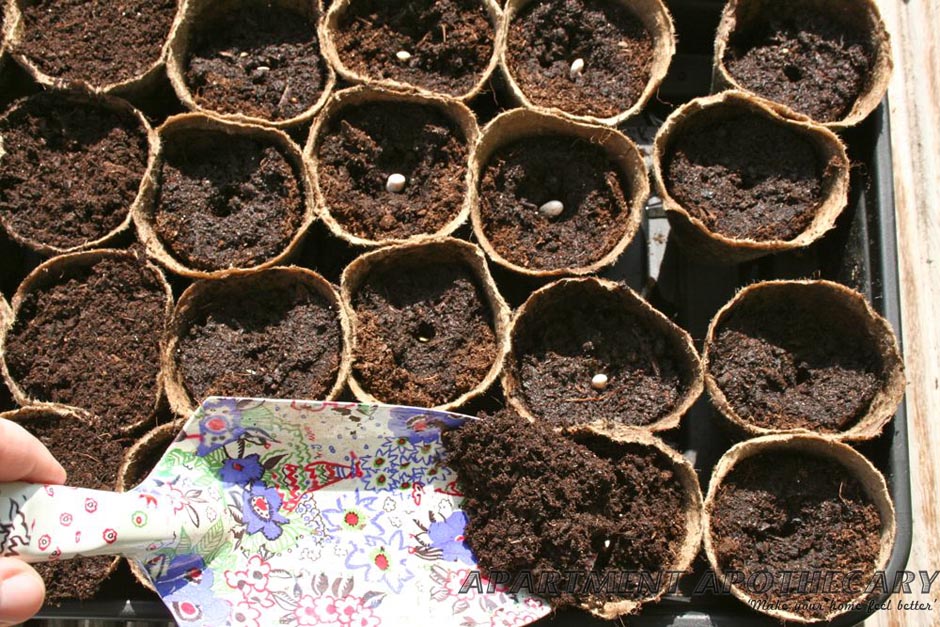This post is not so much about interiors, but exteriors. Our trip to the amazingly beautiful Ile de Re and then south west France gave me the opportunity to photograph breathtaking French architecture that has been a constant inspiration to me. I love the simplicity of French architecture rather than the more fussy, opulent aspects of some French interiors. I hope these images inspire you as much as they inspired me.
The Ile de Re is absolutely stunning. We stayed in a hotel called La Baronnie, which was nestled right next to the bustling harbour of St. Martin.

The symmetry of these coastal houses is so appealing. The light render, window shutters and terracotta roof tiles are all synonymous with French architecture.

Although each part of La Baronnie is a different shape and size they are all tied together by their colour and roof tiles. This cohesive look is another aspect of French architecture that appeals to me.

Paint work on a lot of French buildings always looks so tasteful as a limited colour palette is used that includes grey, sage green, verdigris and duck egg blue.

Our room was clad in wood with exposed beams and painted floorboards. This style reflects being next to the sea and the light. The typical French toile de jouy bed linen is palatable (usually far too fussy for me) as this is the only print used in the room.
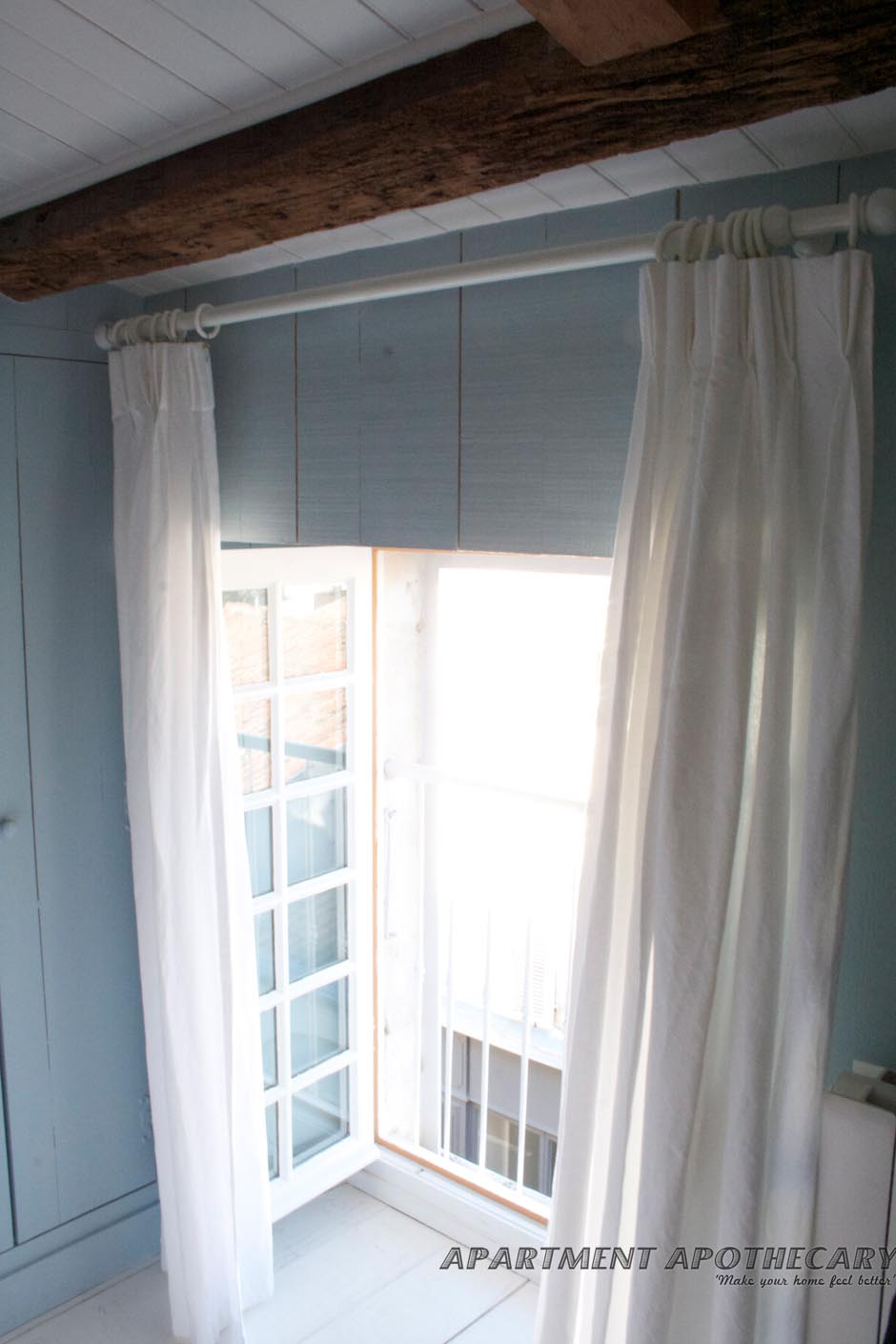
The pretty windows are framed with internal shutters and floaty white curtains to ensure the light can reach every corner of the room.
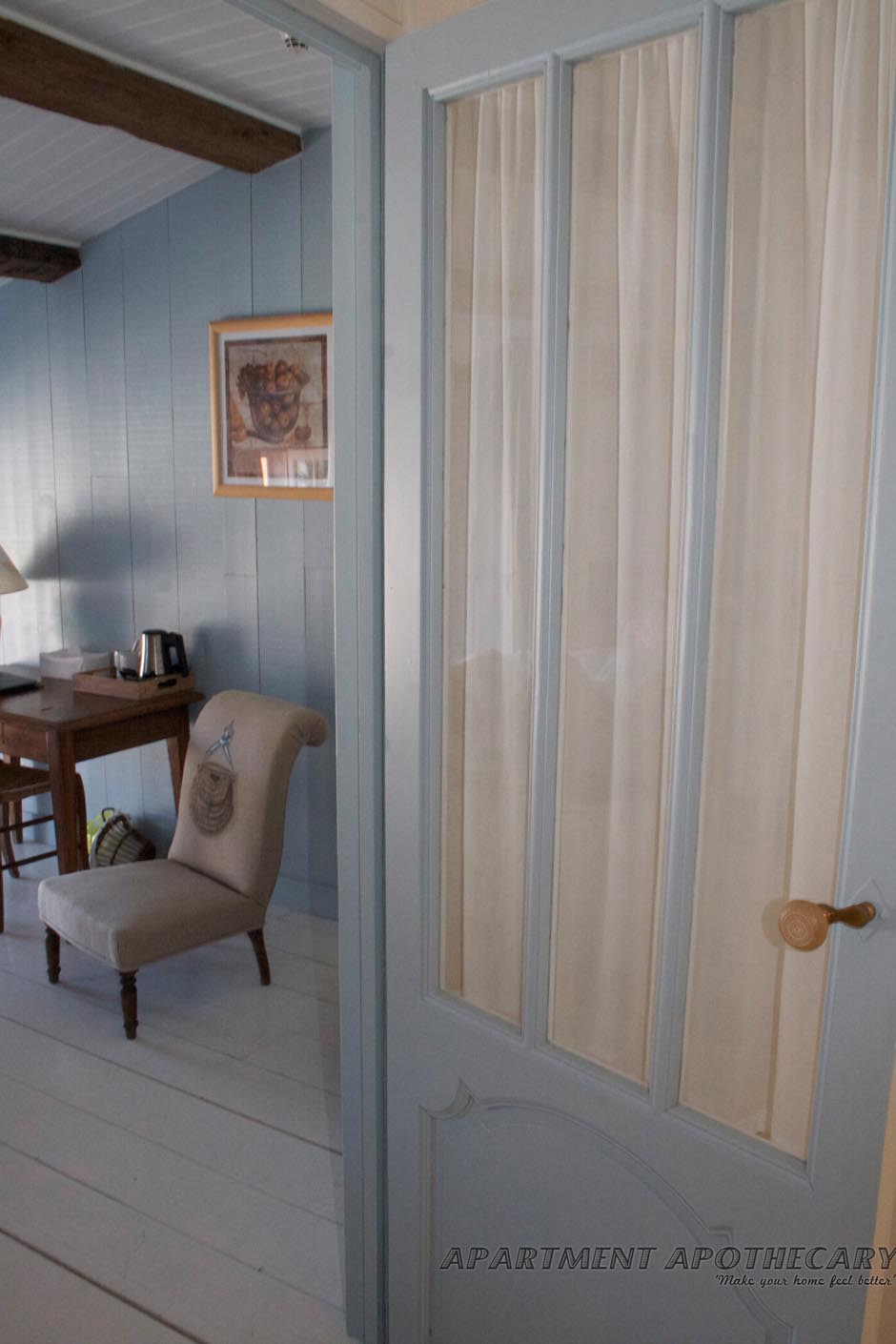
Small details like the sheer curtain across this door and the door handle instantly create the unique French style.
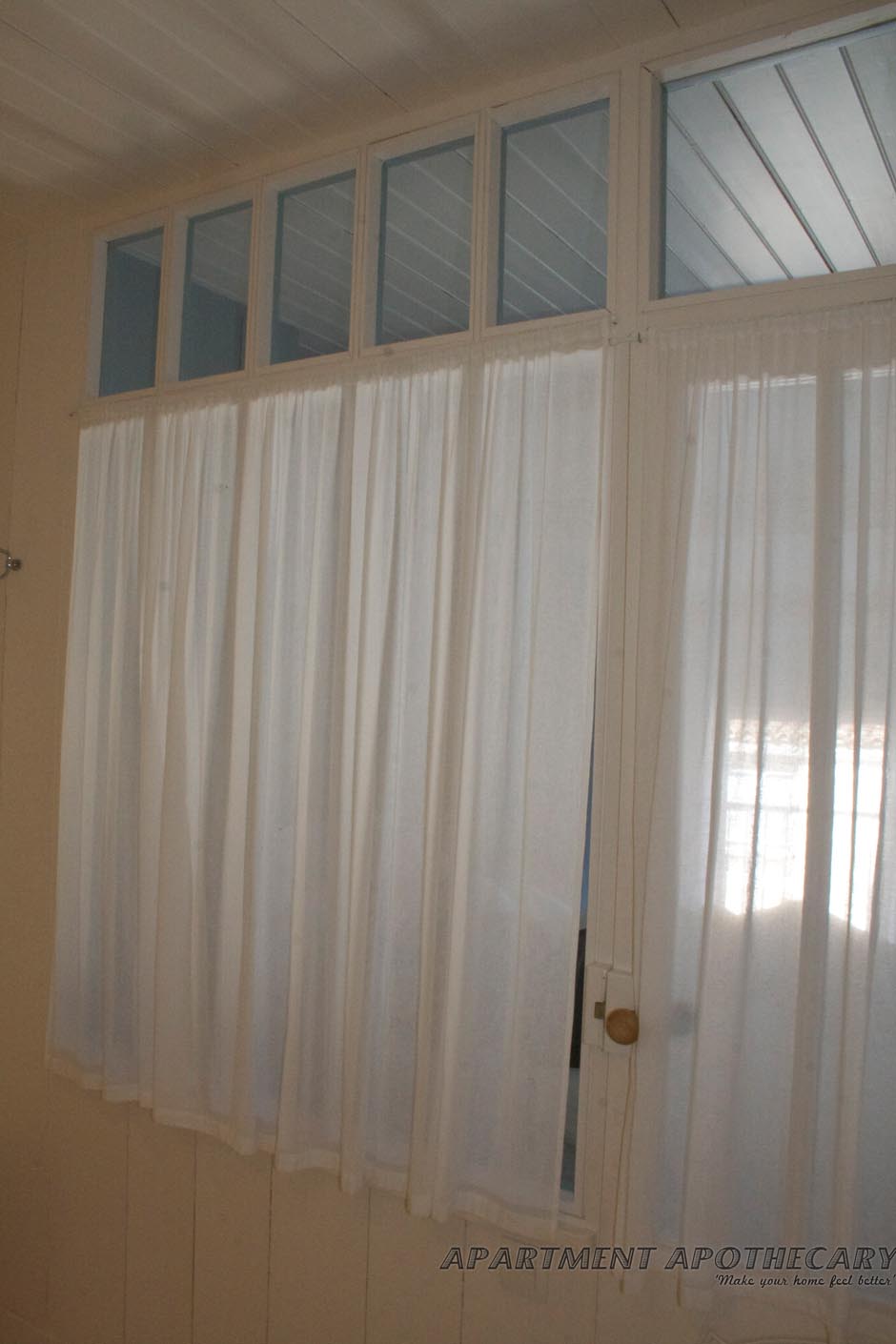
By using glass between the bathroom and bedroom it means the window-less bathroom is as light as possible.
We then travelled on to the Chateau de Lalande, whose architecture is as French as can be.

The effort that has been put into this pergola absolutely covered in wisteria adds to the style of this Chateau.

This is not to my taste but the chateau is decorated in opulent, old fashioned French style throughout.
I will be back as soon as I can be!



























